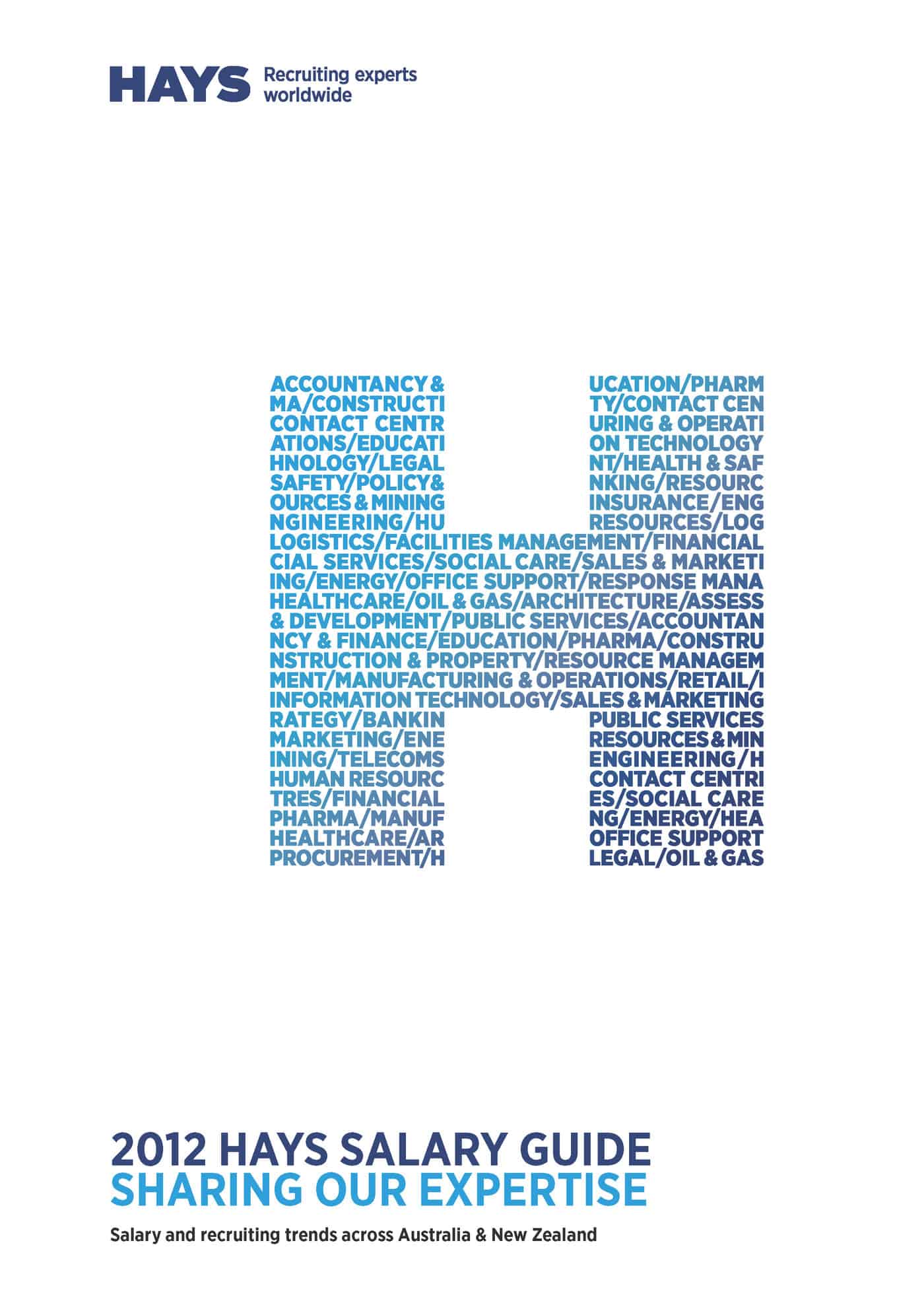“How can this be allowed to happen nowadays?” the distressed wife of a seriously injured worker asked me recently. Her husband was sitting next to her, his eyes still victims of the recent terror that nearly killed him. She saw that and struggled to join him in his very dark and personal space. This now would become a life time job for her.
This meeting captured for me one of the most fundamental factors at most workplaces. That workers’ most common feeling at work is that of vulnerability. Of course many workers find comfort and pride in their job. Of course it feeds them and their families. Of course it can provide personal identity and purpose. And of course there are many managers who understand all this.
But it’s also true that much too often this is not the case. That’s one reason why when suddenly factories or mines close, or car manufacturers ‘shed’ 200 workers, or car part factories go bust workers are not only shocked, but it substantiates their sense of vulnerability, “What a shock, I thought they loved us!”
Not only is this painfully evident when a negligently poor H&S standard results in crippling a worker for life, but is typically present on a daily basis. Permanent fear of job loss results. The fact that a worker can be disciplined or sacked for a number of events that can be defined and redefined by creative managers feeds that feeling. That’s another reason why so much bullying and humiliation occur and so much stress is experienced. Continue reading “Vulnerability and arrogance”



![iStock_000002335978Small[1] asbestos](http://safetyatworkblog.files.wordpress.com/2012/06/istock_000002335978small1-asbestos.jpg?w=198)

